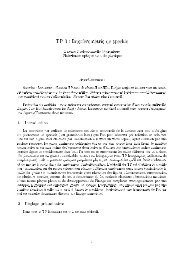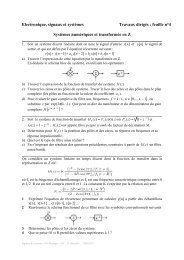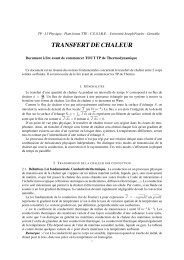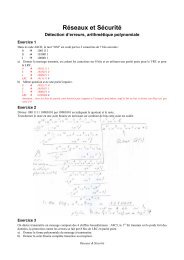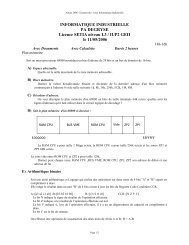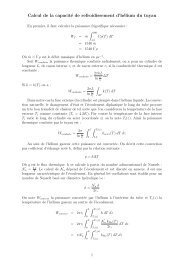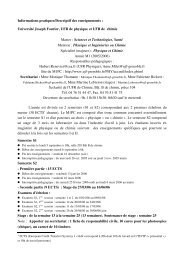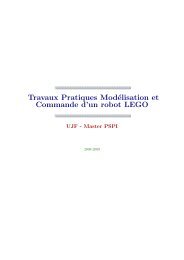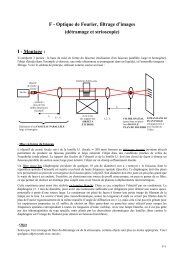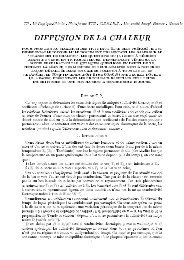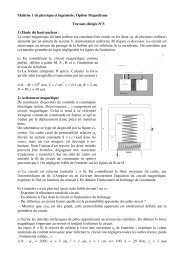Chapter 4 SINGLE PARTICLE MOTIONS 4.1 Introduction
Chapter 4 SINGLE PARTICLE MOTIONS 4.1 Introduction
Chapter 4 SINGLE PARTICLE MOTIONS 4.1 Introduction
You also want an ePaper? Increase the reach of your titles
YUMPU automatically turns print PDFs into web optimized ePapers that Google loves.
4.4 Inhomogeneous Fields 105r^F cθ^BR cFigure 4.9: The curvature drift arises due to the bending of lines of force. Againthis force depends on the sign of the charge.Combined grad B and curvature driftsConsider the ∇B drift that accompanies curvature in a cylindrical geometry:B = B θ =(B 0 /r)ˆθso∇B = ˆr ∂B 0/r= −ˆr(B 0 /r 2 )=−ˆrB θ /r = −r(B θ /r 2 )∂rwherewehaveused∇×B = 0 in vacuum andUsing Eq. (4.75) we have(∇×B) z = 1 r∂rB θ∂r⇒B θ ∼ 1 rv ∇B = ± 1 2 v B×∇B⊥r LB 2= ± 1 v⊥2 B×(−R c |B|)2 ω c B 2 Rc2= 1 mv⊥2 R c ×B(4.78)2 q RcB 2 2wherewehaveusedB/ω c = m/ |q|. Combining with the curvature drift we findv T = v ∇B + v R = m ( ) ( Rc ×Bv 2q RcB 2 2 ‖ + 1 )2 v2 ⊥ . (4.79)




